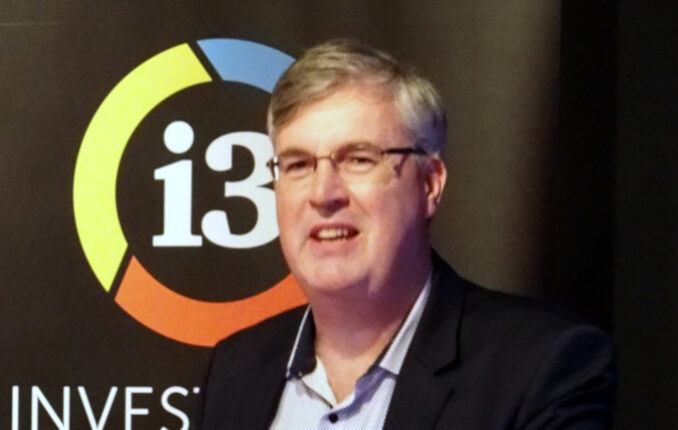Allianz Australia has been on a diversification journey over the last three years. In this interview, we speak with CIO Anthony Michael about the challenges an insurance company faces in achieving better diversification.
Register to Access this Exclusive [i3] Insights Article
Create a free account to access exclusive interviews with asset owners, revealing insights on investment strategies, market trends, and portfolio allocations.
If you already have an account you can Login .
If you have any issues registering an account please send us an email at [email protected].

